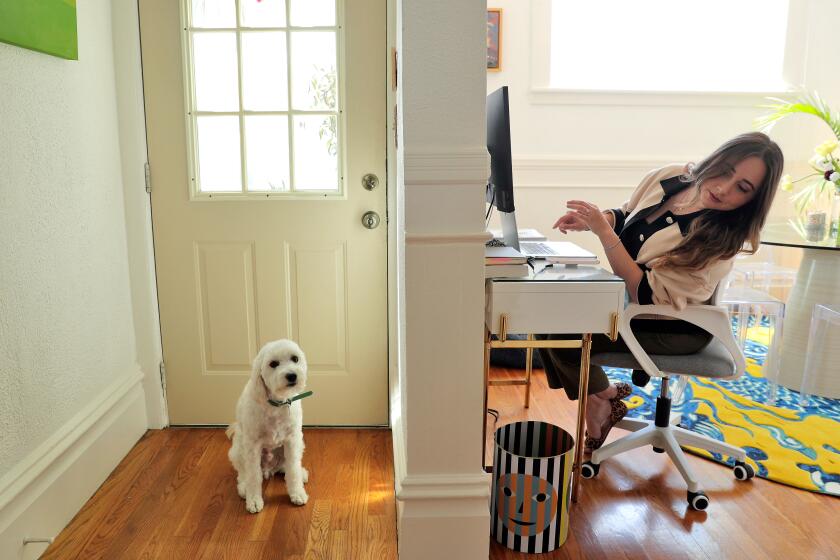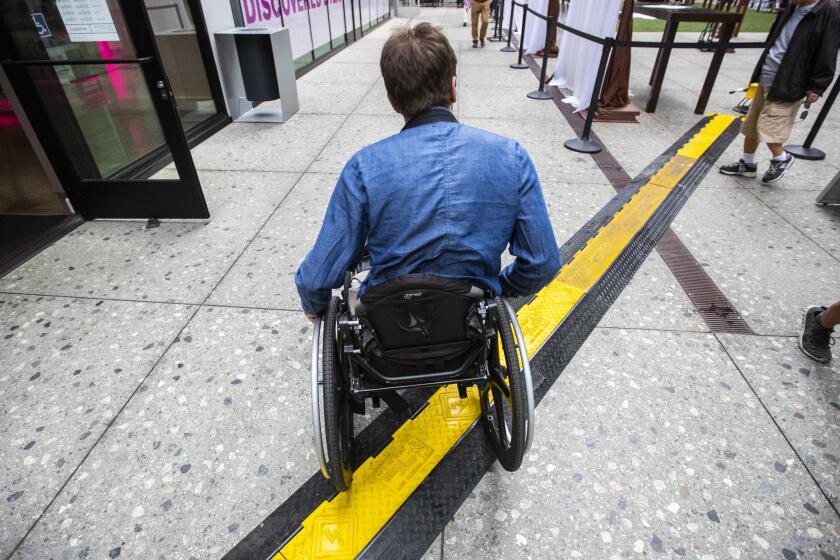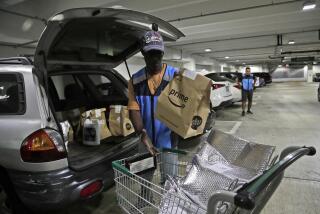Learners, leavers and in-betweeners: How people are redefining their work identities

- Share via
Are you a learner, a leaver or an in-betweener?
Three years after COVID-19 ushered in the most tumultuous period in the history of modern work, it isn’t just the place of work undergoing a fresh identity crisis but the person doing the work. The working assumption is that the way people define themselves at work doesn’t need changing. I think it does and here’s why.
Before the pandemic, the identity of the office itself was relatively stable: There was no controversy over going to the office, flexible hours or working from home because none of it was mainstream. It is true that possibilities for working differently began to emerge most notably over the last 15 or so years when the internet, the iPhone and co-working spaces such as WeWork made mobility and work flexibility visible and desirable. Nevertheless, in 2019 the commute was largely unavoidable, city business centers were unassailable and any individualization of working hours for white-collar employees was a perk rather than a right.
The lockdowns flipped this stability on its head, and ever since the office itself has borne the brunt of the identity crisis engulfing the world of work. Fixed locations have come to be seen by many as an unwelcome constraint, almost like an outdated uniform. Why “wear” a commute if you can “clothe” yourself in work from a laptop anywhere?
Fashion is also a useful prism through which to observe the changes in working identity because it shows how the rigidity of what people wear at work has loosened as values shift. Note the loss of casual Fridays, which used to be an office mainstay but disappeared when every day became casual, and the growth of the “athleisure” market (hoodies and track pants to you and me) during the height of the pandemic.
Although workers are beginning to lose leverage as the economy softens, the remote work trend is unlikely to falter, say experts.
These trends around the place of work and its dress code demonstrate a lessening of constraints on workers. As leaders mix the right cocktail of policies around people and place to bring teams back together again in a rhythm approaching predictability — not easy in a hybrid world — they should look at the way people have come to live and work now and increasingly have different needs depending on their career stage and age.
Those in the early stages of entering the workforce are the “learners.” They need mentoring and immersion in the culture of office life more than the cohorts who are mid-career. “Leavers,” on the other hand, are typically older and not looking to build and stay in their careers in the same way as learners. While learners want freedom to have the best of office life and to not work in ways that cramp their style — a key reason for the appeal of hybrid and remote working — leavers actually need flexibility to dedicate time to responsibilities other than their jobs.
They benefit from communicating with and mentoring the learners and the social interaction that comes with in-person work — some of their time. As their demographic often includes those with heavy caring responsibilities — both for children and parents — their head space is different, as are in some cases their income needs. They either can afford to opt out or are more prepared after the early pandemic experience to work and live differently and downsize. In Britain, an argument is raging about the best way to attract back over half a million over-50s who have left the job market since the pandemic.
Then there are those who are among the growing number of “solopreneurs” who are freelance or part time, and for whom dropping in and out of a fixed place on a fixed schedule matters less. More than a third of the U.S workforce was freelancing six months into the COVID-19 pandemic. The solopreneur is the white-collar equivalent of the gig economy blue-collar worker and a group I also call the “in-betweeners.” They operate in patterns based on asynchronous work, requiring attendance some of the time and not necessarily at the same time as their co-workers.
The good news is that the trend for declaring your status in relation to how you work is growing. As I was writing this article I received my first automatic reply from someone with the following message: “I support flexible working and I’m sending this email now because it suits the hours I’m working today. Please don’t feel obliged to reply straight away if it is outside the hours you’re working.”
The COVID-19 pandemic’s silver lining for people with disabilities: a lot more remote work opportunities. Will it last?
That email line, which I hadn’t encountered before, feels like progress. Just as office buildings and dress codes are morphing, workers are assuming new identities as the next phase of work life amid the pandemic begins.
More to Read
Inside the business of entertainment
The Wide Shot brings you news, analysis and insights on everything from streaming wars to production — and what it all means for the future.
You may occasionally receive promotional content from the Los Angeles Times.












